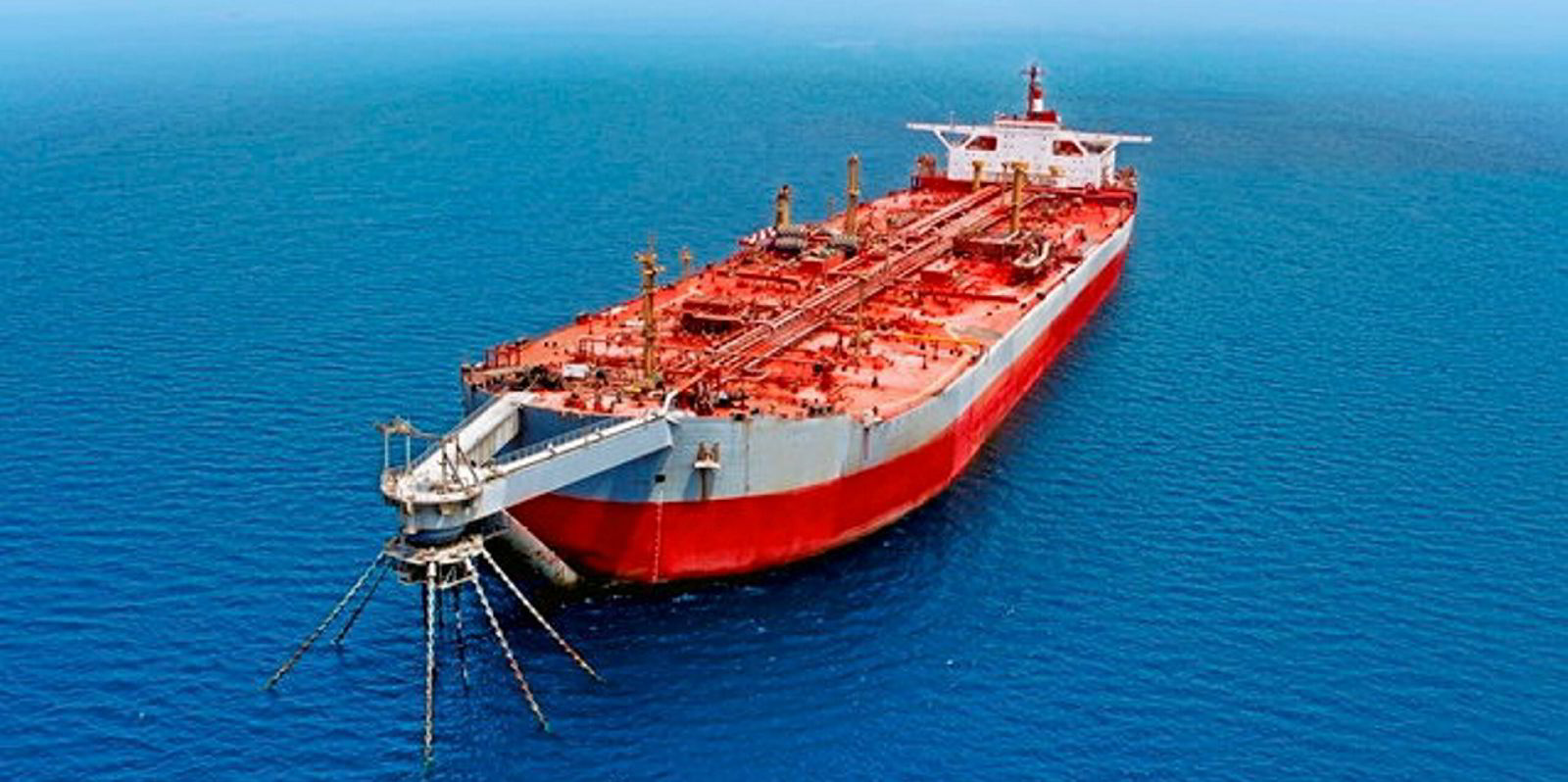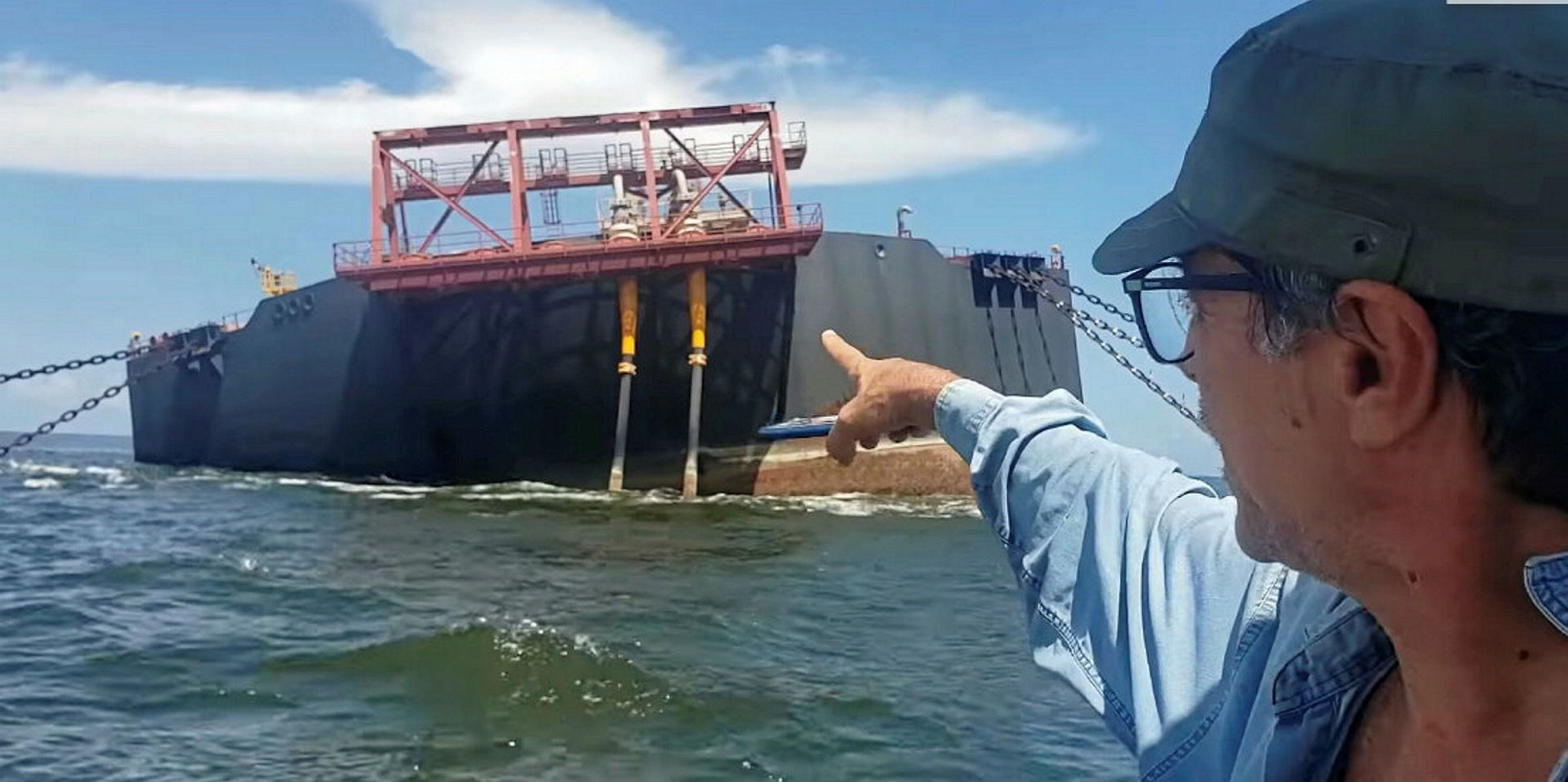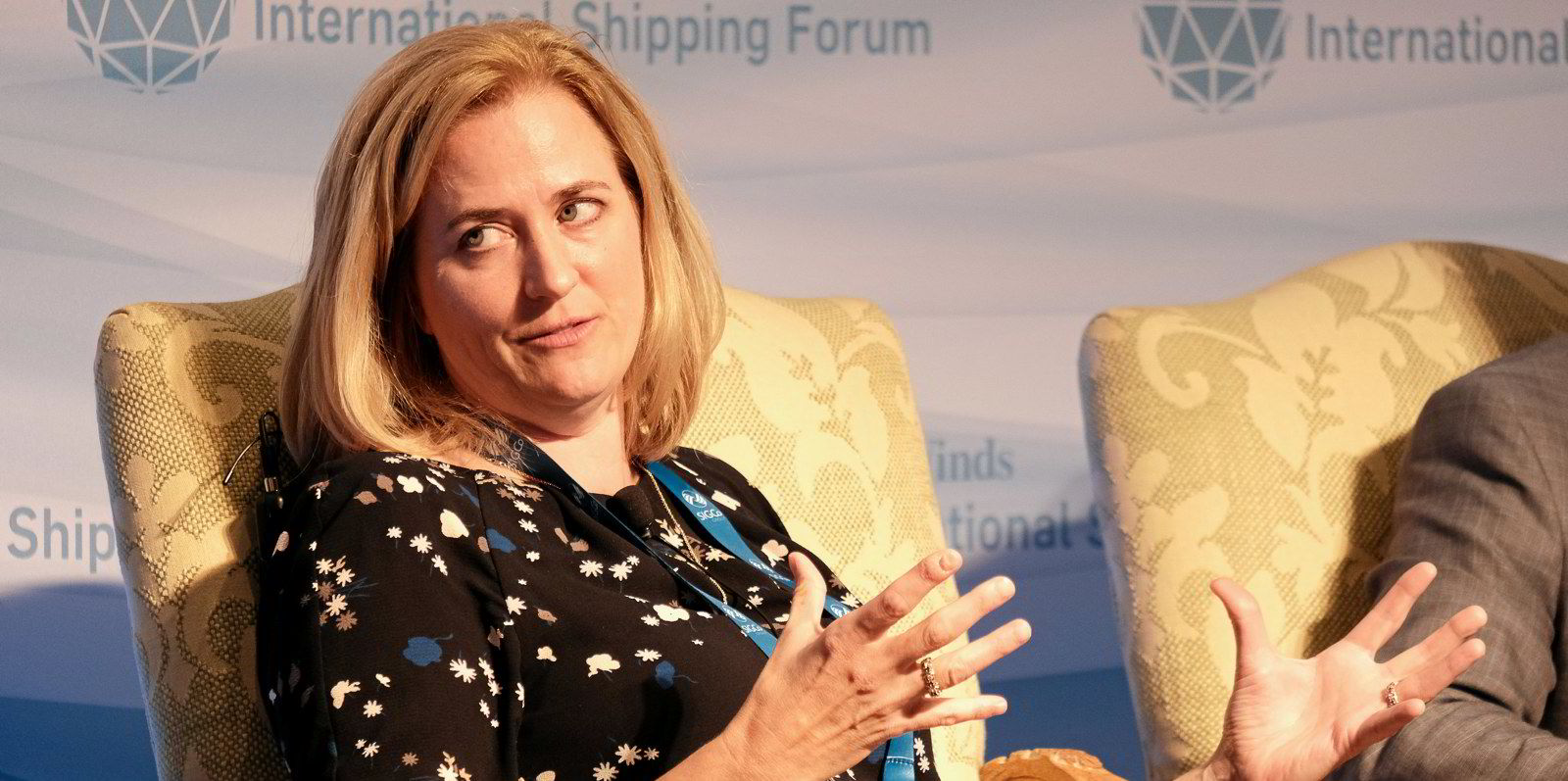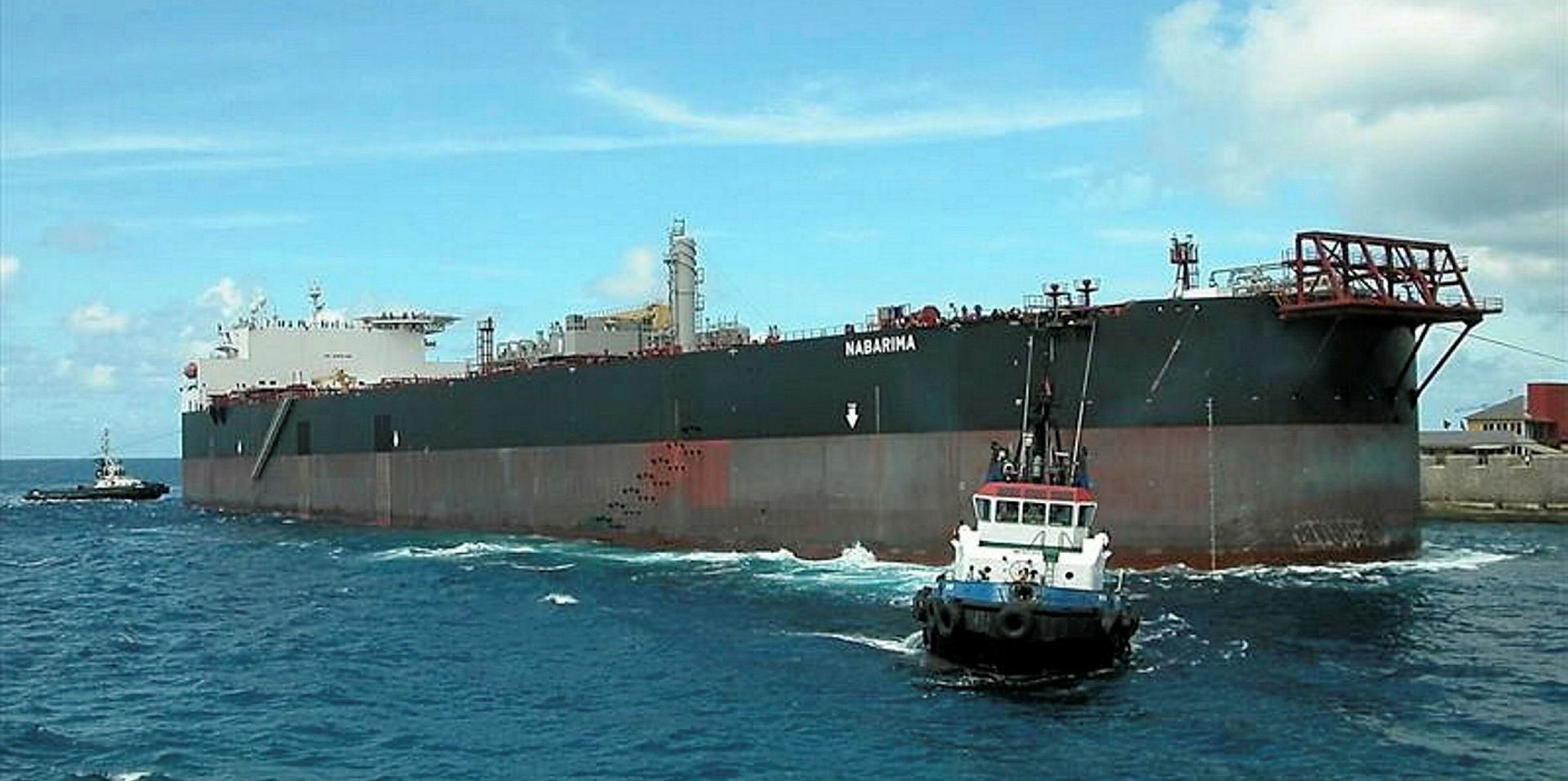Salvors and risk modellers have warned of a catastrophic environmental and economic crisis if oil leaks from a decaying floating storage and offloading vessel off Yemen.
The 407,000-dwt single-hulled Safer (built 1976), variously described as a floating or ticking time bomb, has 1.14m barrels of crude on board in the Red Sea, but has not been maintained for four years.
The ship is owned by Yemen’s Safer E&P Operation Co but has not been operational since March 2015, when the region fell under the control of the Houthi rebels.
The United Nations has long wanted to get inspectors on board the FSO, which is anchored 4.8 nautical miles (8.8 km) off Ras Isa, but so far the rebel Houthi authorities there have not allowed this.
At the end of December, Walid Al-Qadmi, the first undersecretary of the Hodeidah Governorate in Yemen, tweeted that there had been a leak from the pipeline to the ship, but this has been disputed.
Much worse than Exxon Valdez
What is not in any doubt is the potential for a huge disaster if the crude escapes its tanks.
A spill of all the oil would be four times worse than the worst yet seen — the Exxon Valdez tanker disaster in Alaska in 1989.
- Built: 1976
- Crude on board: 1.14m barrels
- Anchored: 4.8 nautical miles from Yemen
- Estimated clean-up cost: $20bn
- Yemenis facing pollution effects: 5.9m
- Global trade potentially affected by spill: 12%
"Whether there is a leak or not, that does not change the urgent and imminent danger this ship poses for the whole world," said Venediktos Roussos of oil spill response company Polygreen's maritime division.
"It's going to affect all the countries in the Red Sea; that means the Suez Canal would be affected," he added.
The Evergreen container vessel Ever Given was only stuck in the Suez Canal for six days last year, but that cost the world economy between $6bn and $10bn for each of those days, Roussos told TradeWinds.
He said parts of the Red Sea region could be closed for a clean-up operation. "You can't expect ships to transit through the oil," Roussos added.
Neglected for years
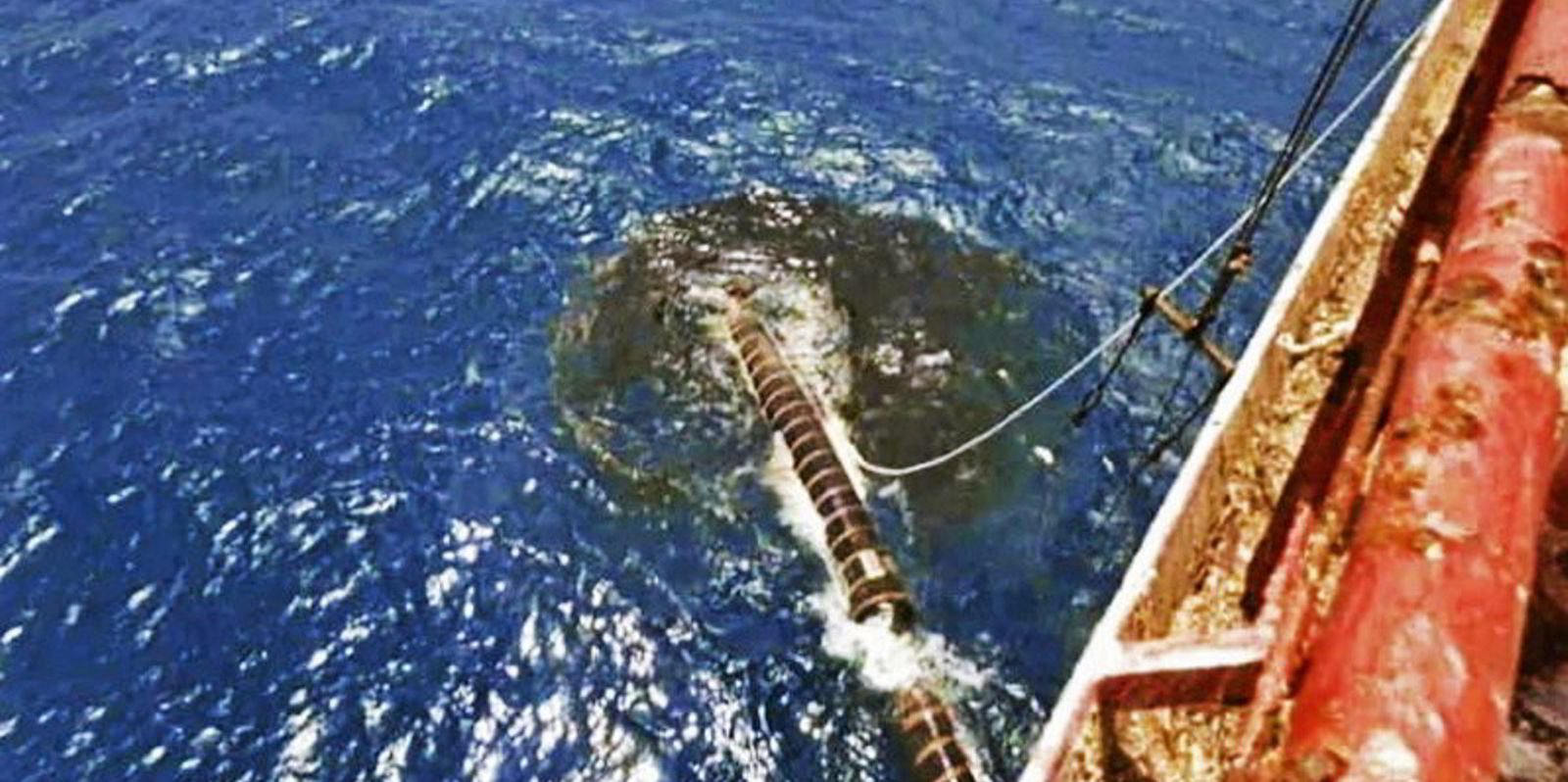
"We are talking about a ship that was built in 1976, converted into an FSO in 1987. Since then she's lying there, there is no maintenance at all," the salvage expert said.
"We're talking about an ageing ship — it's almost a wreck, no doubt in the ballast water tanks it will be contaminated with oil," he added.
And Roussos concluded: “The risk is just too big. If anything happens to this vessel it is going to be a global problem.”
Simon Agass, business development executive at risk modelling company RiskAware, has produced a report on the potential impact for the UK government, which is trying to tackle the problem through the UN.
"It could be really quite a significant event should something actually happen," he told TradeWinds.
In a worst-case scenario, oil would be carried as far south as the key Bab-el-Mandeb strait, RiskAware believes, as well as a small distance north, in a matter of days.
This would affect 31,500 fishermen, and 3.25m farms would face crop losses if the leak happened during April and June.
Yemeni people facing grave threat
A total of 5.9m people in Yemen would be exposed to a high level of pollution, and another 1m in Saudi Arabia.
But Agass feels the impact will be on a global scale.
"As we saw with the Ever Given, what can seem like a very localised incident can have far-reaching impacts globally," he told TradeWinds.
"That was just a ship getting stuck in a canal," he explained, but the Safer "could have a huge impact" on Red Sea trading routes.
"Ships don't tend to like to sail through oil slicks," Agass said.
Polygreen and RiskAware estimate the cost of any clean-up at $20bn, with 12% of global trade potentially affected by a slick.
